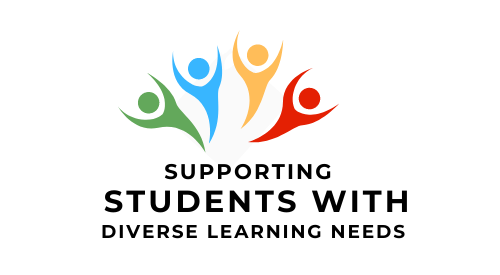- Mobility difficulties vary widely from student to student. Students with mobility disabilities may have difficulty walking, travelling up stairs, carrying heavier objects or standing for long periods. They may also have difficulty positioning or lifting objects.
- Adaptive technology. Students may use mobility aids, such as wheelchairs or crutches to help them get around. They may also need to use adaptive technology in the classroom to access materials for instruction.
- The Effects of Fatigue. Because of the extra time and effort that it takes to move around and travel to college, students with reduced mobility may become easily fatigued. This can impact their ability to concentrate in class or to complete assignments.
- Check for accessibility. Make sure the classroom is accessible and that any field trips are in accessible locations.
- Organize the classroom. Arrange the classroom so that it can be easily navigated by someone in a wheelchair or using crutches.
- Consult with the student. Talk to the student about where they would prefer to sit and how they would like to access course materials. Ensure that these questions are asked in a confidential setting, as not all students wish to discuss their disability in public.
- Be flexible. Students with mobility problems may need to juggle a complex schedule of medical appointments, specialized transport, and attendant care. Having instructors who understand these challenges and are prepared to be flexible and supportive can greatly reduce the stress and anxiety of college life.
- Contact the Disability Services Office. If you are unsure how to accommodate a student or are concerned that accommodations may interfere with essential course requirements, contact the Disability Services Office.
- Specialized classroom equipment, for example adjustable table and chair.
- Adaptive technology to access course materials, for example adaptive keyboard and mouse and voice-recognition software.
- Texts in a digital format that can be accessed on a laptop, rather than carrying heavy books and binders.
- Use of a note-taker or digital recorder for lectures.
- Mobility disabilities can have a wide range of causes, including quadriplegia, paraplegia, muscular dystrophy, multiple sclerosis, and amputations.
- Mobility disabilities may also be temporary, like a broken limb or back injury.
Case Study
Robert first visited the Disability Services Office (DSO) when he was considering enrolling in a computing course. He arrived at the DSO in his motorized wheelchair and wanted to know what services and supports would be available to him if he enrolled at the university.
Preparations for Robert’s arrival began almost immediately. The first concerns were about making sure his classes were accessible. Once Robert was registered and had selected his classes, the DSO staff worked with the college Facilities department to ensure that Robert could be physically accommodated in each of the classrooms. He was also provided with an adjustable desk at the right height for his wheelchair.
Robert was already a confident user of adaptive technology, so the DSO staff helped him to access electronic copies of his textbooks and course materials. This meant he didn’t need to carry heavy books around; he could also use text-to-speech software to listen to the texts.
Finally, September arrived and Robert got situated in the college and started attending classes. He used specialized transport to get to college, so he was sometimes late to class when this did not arrive on time. In snowy or icy weather, he had difficulty getting into college as the sidewalks were not always cleared. He found the college days long and tiring and sometimes had difficulty staying focused in classes. Fortunately, his instructors showed understanding and he gradually adapted to college life.
Video
Matt’s experience with accommodation for a physical disability:

